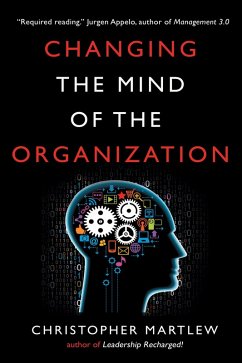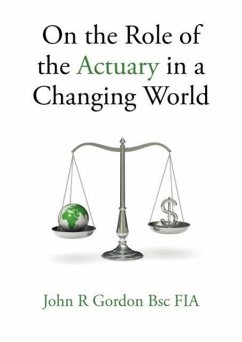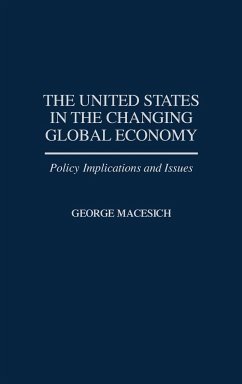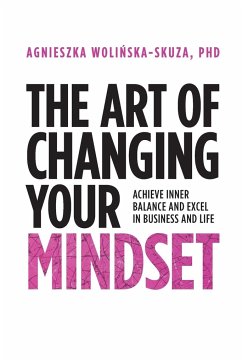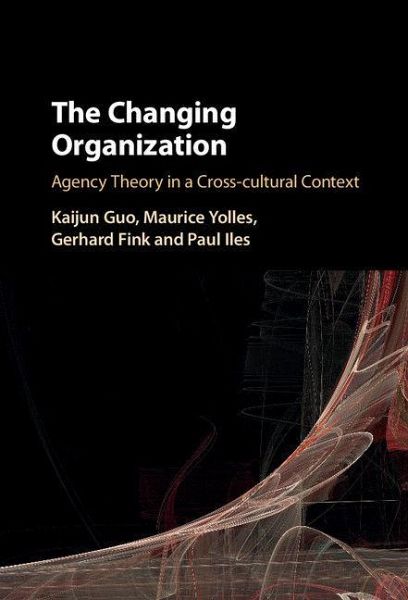
The Changing Organization
Versandkostenfrei!
Versandfertig in 1-2 Wochen
146,99 €
inkl. MwSt.
Weitere Ausgaben:

PAYBACK Punkte
73 °P sammeln!
The Changing Organization provides a multidisciplinary approach for studying the management of change under conditions of complexity. Single-discipline approaches frequently miss essential elements that reduce the possibility of coherence within a multi-agency organizational setting. Combining a systems and cybernetic 'living system' perspective, Guo, Yolles, Fink, and Iles offer a new agency paradigm designed to model, diagnose and analyse complex, real-world situations. Its capacity to anticipate patterns of behaviour provides useful means by which the origin of crises can be understood, and...
The Changing Organization provides a multidisciplinary approach for studying the management of change under conditions of complexity. Single-discipline approaches frequently miss essential elements that reduce the possibility of coherence within a multi-agency organizational setting. Combining a systems and cybernetic 'living system' perspective, Guo, Yolles, Fink, and Iles offer a new agency paradigm designed to model, diagnose and analyse complex, real-world situations. Its capacity to anticipate patterns of behaviour provides useful means by which the origin of crises can be understood, and resolutions reflected upon. Scholars and graduate students in fields as diverse as management, politics, anthropology and psychology will find numerous applications for this book when considering socio-political and organizational change, and it offers an invaluable guide for consultants who may wish to apply advanced techniques of contextual analysis to real-world situations.







